#Maulbronn monastery and organ manufacturing - Kenzingen, Germany
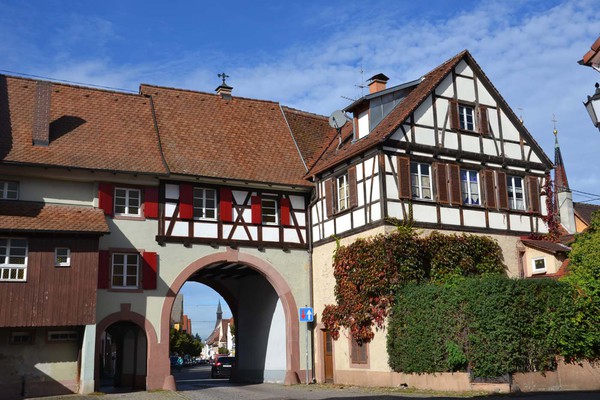
The fourth meeting proposed to explore the dangers threatening Unesco world heritage elements.
Thanks to multiple activities, students were invited to question the consequences of human activities and conflicts onto cultural heritage. Through games and workshops, they acknowledged the dreadful consequences of climate change but also of wars and mass tourism on worthy cultural sites worldwide.
They were asked to offer solutions as to what they could personally do to reduce the impact of visitors on endangered sites.
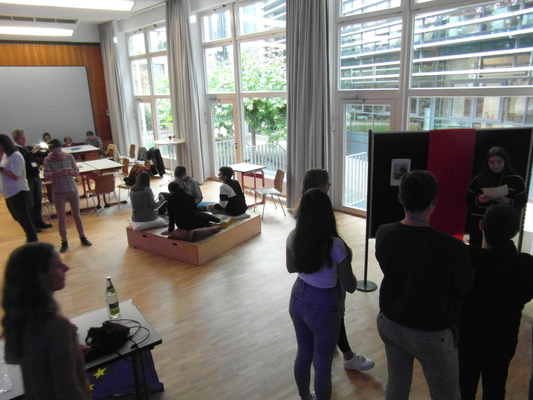
Maulbronn Monastery
Maulbronn monastery is the largest monastic complex, north of the Alps. It was written down on the Unesco World Heritage list in 1993.
Created between the 12th and the 16th ceturies, this complex is composed of a church with a magnificent cloister but also a granary, a mill, stables, and multiple buildings housing various craftsmen.
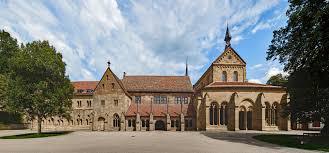
Maulbronn Church (front)
As it was founded in 1147, its architecture mixes elements of both Romanesque and Gothic styles. Its entrance hall called Paradise is quite typical of that.
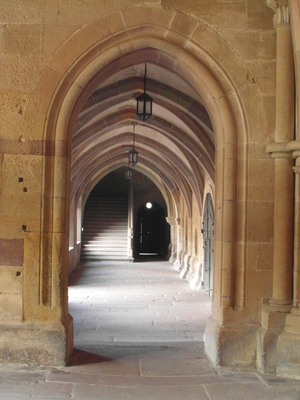
Turned into a Protestant seminar in the 16th century, it still houses a boarding school. Some famous students have attended this place of learning over the years, such as the poet friedrich Hölderling or the writer Herman Hesse, who mentions his quite unpleasant experience there in his memoirs entitled "Under the Wheel".
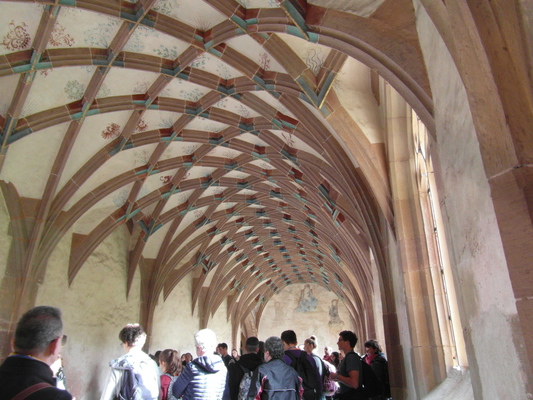
Organ manufacturing
Inscribed in 2017, organ manufacturing and German organ music are part of Unesco's intangible World Heritage List.
With its 400 organ manufacturers and its 50 000 organs, Germany is the centre of organ music and craftsmanship.
Situated in Bade-Wurtenberg, Waldkirch is a small town who has been at the core of organ manufacture since the 18th century.
The students visited Heiz Jäger & Wolfgang Brommer's workshop . They were first introduced to barrel organ manufacturing tradition. Thanks to a large collection of both ancient and modern barrel organs, they were able to understand how metal pins hammered one by one on wood cylinders enabled to produce tunes.
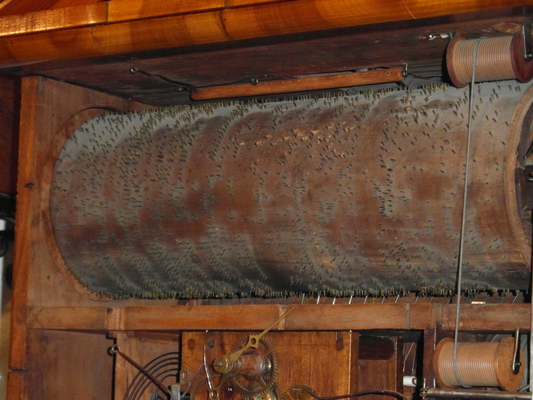
The students were then invited within the manufacturer's workshop where they were explained how an organ was built, how the air or wind, travelled from the windchest to the pipes thanks to a system of valves operated by the console stops.
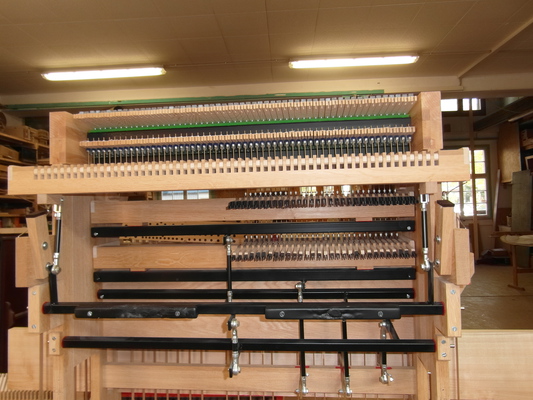
In the afternoon, the group of students could admire the Gegenbach Organ in Freiburg's Augustiner Museum where they were explained how the Gengenbach organ was restored to its former beauty.
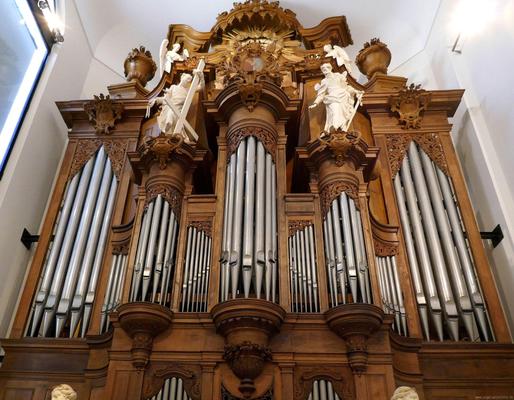
The students were also invited to discover the inward of this organ, they could listen to different pieces of organ music standing within the organ. An incredible, one-in-a-lifetime experience !
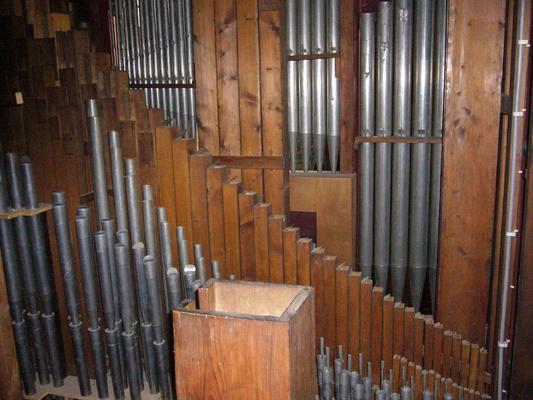
Stolpersteine and a life-changing discussion
The German students introduced the international group to their adopted monument : Kenzingen's Stolpersteine or stumbling stones. They are an art project of the artist Gunter Demnig, they commemorate the victims of Nazism, especially Jews ; 6 of them can be found in Kenzingen.
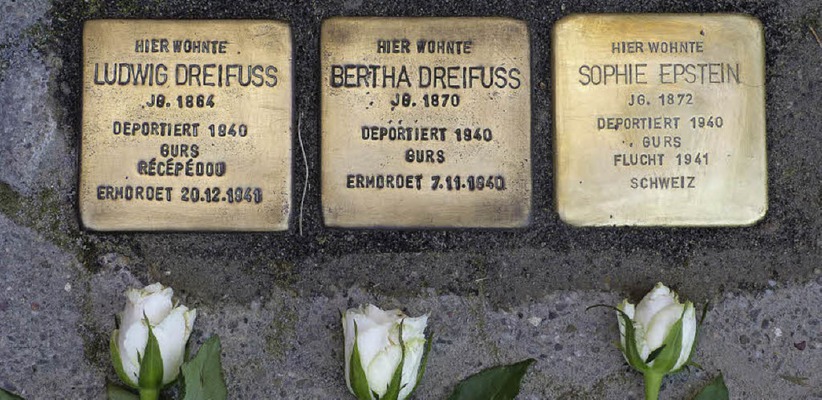
On Friday afternoon, the Erasmus+ group was given the opportunity of meeting Mrs. Alice Goldstein-Dreifuss who lived as a child in Kenzingen and emigrated to the USA to flee the nazis at the age of 7 with her parents, leaving behind close relatives who were deported to the French concentration camp of Gurs and died in Auschwitz.
She explained how her father's shop was destroyed on the Kristallnacht (the night of the 9th to 10th of November 1938), how she suffered as a little girl to be ostracized at school where Jewish children couldn't participate in any school activities : they were forbidden playing with other pupils, having their homework corrected or answering questions in class.
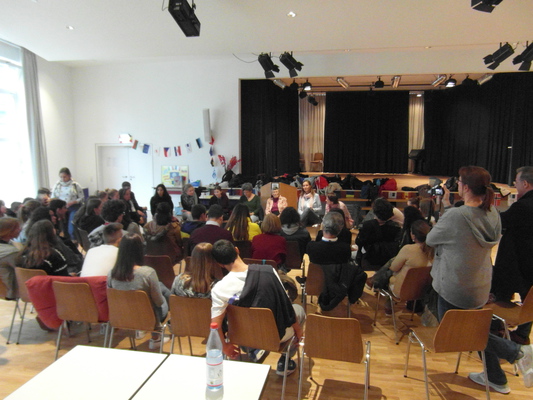
The students could then ask her questions and had the opportunity to make sense of a common if painful European heritage.
Interview on organ making
Interview on Maulbronn Monastery